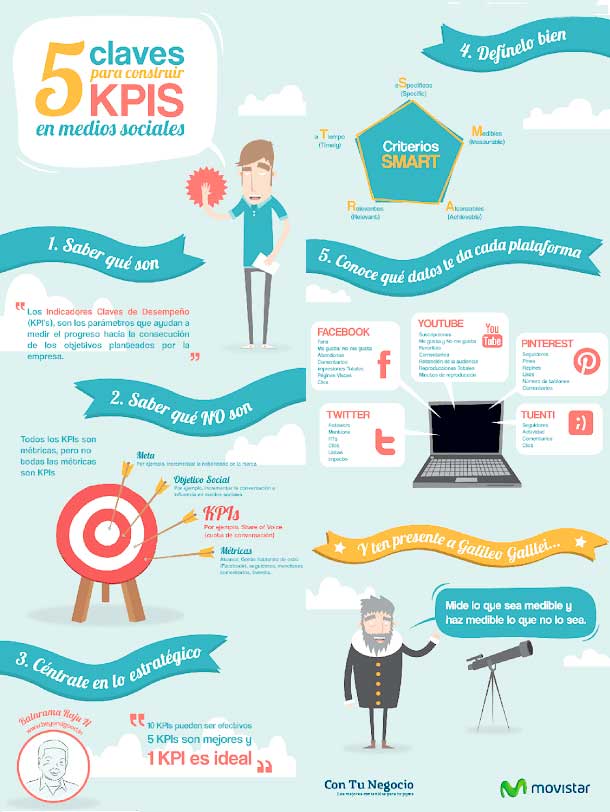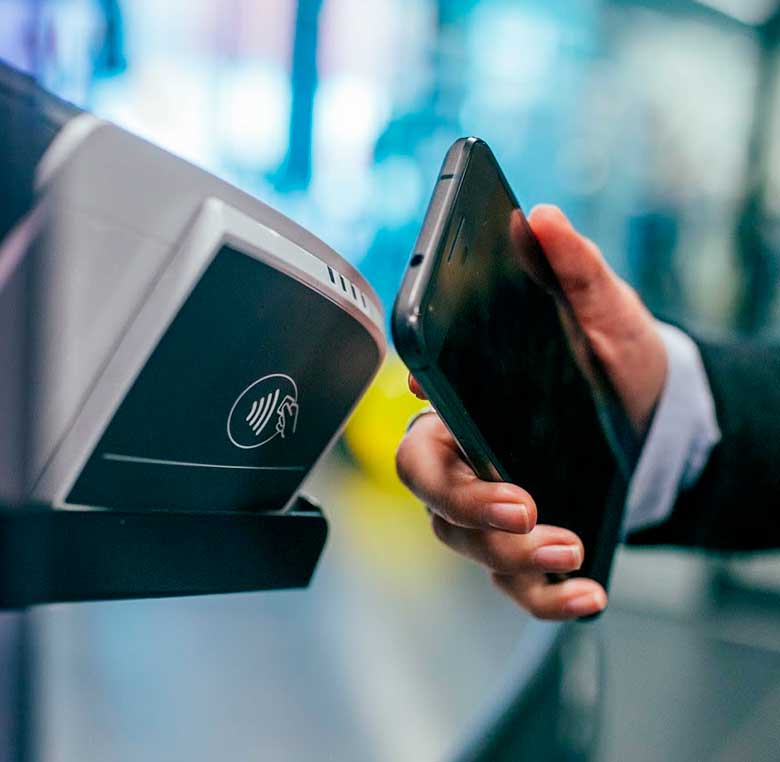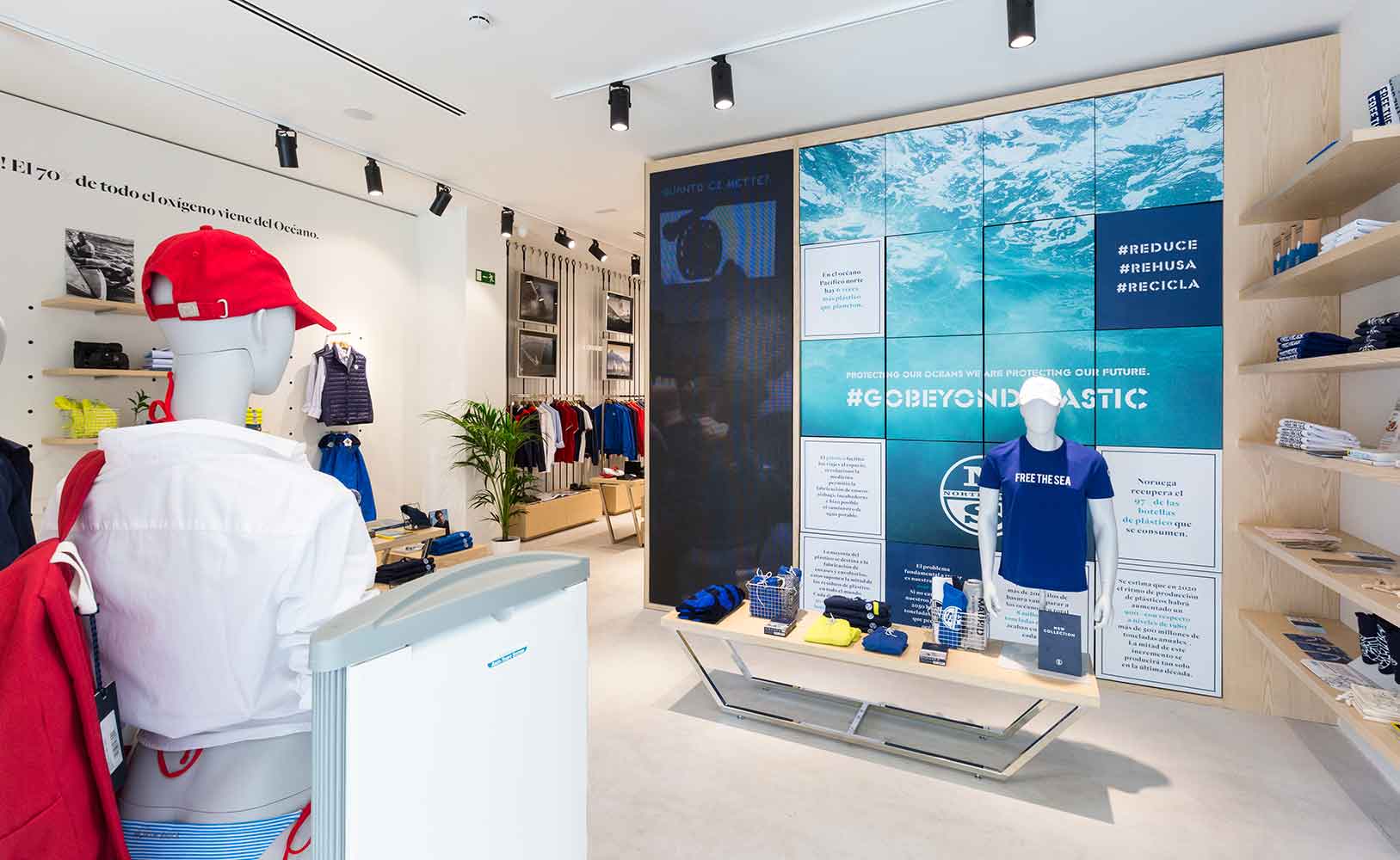
In recent decades, consumer behaviour has undergone a significant transformation, constantly evolving. This is why audience analysis is a fundamental step for companies when it comes to understanding their customers and creating effective strategies.
“Consumption habits have undergone a 180-degree shift since the advent of the Internet, and measurement points have multiplied.” Agencia Mediasal.
It was in 1968 that the general media study was born, conducting the first formal study of media consumption in Spain. Over time, and with the advent of new technologies and the Internet, the media landscape changed completely, making audience analysis a necessary and important process.
Nowadays, customers receive an excessive amount of advertising; there are various channels and devices, and an infinite source of information available to users. This is why there is a constant updating in how companies communicate with customers, and naturally, the way we measure audiences also updates constantly.
But why is audience analysis so important? Monitoring and measuring results will allow you to check if the objectives set in your project have been achieved, making this task essential for achieving success and continuously improving your implementations.
There are generally three types of measurements:
Quantitative: This involves measuring any aspect in numerical terms, depending on the brand’s objective; number of followers, number of views, number of sales at a point of sale, etc.
Example: If you wish to achieve greater reach at a specific point of sale, you will need to quantitatively measure the number of people currently visiting your point of sale and develop a strategy to increase this number.
Qualitative: This concerns aspects that cannot be measured numerically, such as people’s perception of your product or customers’ engagement with your brand.
Example: Some companies create a strategy to increase customer loyalty to their brand. To assess the level of loyalty, you can measure customer interaction on social media, but focus not on the number of comments but on whether the comments are positive or negative.
Return on Investment (ROI): When a company has invested in a campaign, it conducts a subsequent measurement to determine if the investment has been profitable. For this measurement, companies use the ROI formula. ROI stands for “return on investment”, and aims to calculate precisely this: the economic gain obtained directly from certain marketing actions. The formula is as follows:
ROI = revenue – investment / investment
This is crucial for analysing mistakes and successes made and considering them in future strategies.
The benefits of a good audience measurement process include knowing the total number of audiences or customers, gaining a better understanding of your brand’s target, collecting data to offer genuine promotions, knowing which channels the audience prefers when researching or purchasing a product, understanding audience engagement with new technologies, the Internet, and social media, among others.
These data are essential for creating marketing, communication, or PR strategies. If you do not know your customers, it is likely that your brand’s actions will not function as they should. Perhaps you could make a mistake as simple as the age range of your customers if you have not researched enough.
As mentioned earlier, technology has been and continues to be the main driving force of advancement in the retail world, and alongside it, audience measurement is constantly evolving. New technologies help ensure that measurement methods adapt to current needs, allowing brands to stay one step ahead by offering customers what they need.
There are a wide variety of actions that can be taken to achieve this objective; creating digital content and managing multimedia content tailored to your customer, along with applying retail software for content management and campaigns, is essential.
Additionally, installing digital signage, custom furniture for screens, LED and OLED screens, audiovisual systems, RFID technology, and NFC technology for commercial and promotional use, or Intelligent Digital Signage, are key tools for digitalisation.
You may have heard these terms many times, but do you really know what metrics and KPIs are? They are elements that measure quantifiable values within the company and are related to each other.
Metrics are aspects expressed numerically that serve to analyse the performance of a particular action or process. In other words, any measurable action within the business domain is a metric.
These are usually expressed using units or percentages, and these results are achieved through pre-established measurement processes. To interpret these data, a person must have knowledge of measurement tools.
Previously, metrics were taken at certain intervals, which was not very effective. This is why, to update the process to new needs, companies began conducting real-time measurements with the help of new technologies.
KPIs (Key Performance Indicators) are measurable values that represent the effectiveness of a company’s process or action in achieving a specific objective. Essentially, KPIs are used to monitor and determine if the set objectives are being met, and they also help in making quick, informed decisions. These are applicable to any area of the company.
Working with KPIs has a fundamental advantage: obtaining valuable and useful information. Analysing this information allows assessing the degree of success of the strategies applied to achieve objectives. Working with KPIs helps you make more accurate decisions and make fewer mistakes, thereby reducing risks.
Both concepts can be confused, but they are not the same. There are differences you should keep in mind:
A metric measures a raw value about a process, while a KPI is directly associated with an objective set by the company and allows evaluating whether the strategies followed to achieve it are working.
Another difference is that metrics are often used by those directly responsible for an operation, as it is necessary to know the entire process to interpret the value they provide. Conversely, KPIs are more related to management or direction, showing a value that can be interpreted without knowing the entire process of the operation.
"All KPIs are metrics, but not all metrics are KPIs"
This famous statement effectively defines one of the differences between the two concepts since KPIs are metrics that allow us to determine whether we are implementing strategies correctly. However, metrics are measurable values of one of the various processes carried out in the company, but their analysis will not provide information on the efficiency of business strategies. Therefore, while all KPIs are business metrics, not all metrics are KPIs.

It is important to be knowledgeable about the most commonly used KPI’S at the point of sale, such as:
The CMS (Content Management System) is software that helps users create, manage, and modify content on a website or point of sale without the need for specialised technical knowledge. Basically, it is a simple tool for anyone, with minimal knowledge, to create systems with various functions for their online or offline space. A good example for online space would be using WordPress or Wix to create your Ecommerce store’s website. However, there is a wide variety of similar tools available.
For the point of sale, there is software that controls the content on advertising screens installed in the store. Additionally, thanks to artificial intelligence and facial recognition cameras, real-time customer data is obtained to show them personalised content. This application allows you to make the most of your sales opportunities and increase your economic profitability.
Today, the point of sale is one of the sectors experiencing the most significant digital transformation. This is a reality, and following Covid-19, this process has been forced to occur more rapidly. However, relying on new technologies will make the customer’s shopping experience even better and more satisfying in all aspects.
There are numerous digital systems or tools implemented at points of sale, but we will name the most striking and important ones so far:

Facial Recognition Camera: Facial recognition is a technology increasingly used, stemming from artificial intelligence. This tool allows you to identify a person by analysing the biometric characteristics of their face. This system can be found in many latest-generation smartphones, where the device recognises your face and unlocks just by looking at it.
It has been implemented for several years in many establishments to streamline processes, making life easier for the customer. For example, when a customer decides to register in a gym’s new user system, the system will proceed to extract facial features that will become part of their biometric pattern and thus their customer profile. After this, the user can access the facility simply by standing in front of the facial recognition device. It’s that easy.
Players: These are distributors that sell their products or services exclusively online. Pure players have brought a new form of management to the sector, where consumer knowledge and satisfaction are much more controlled, allowing them to better understand their preferences and shopping habits. However, many companies that start online do not shy away from the offline world, as when their growth is significant, they establish themselves in the sector by creating physical points of sale in strategic locations.
Many brands, like Zalando and Freshly Cosmetics, have decided to develop a growth strategy in the sector by creating points of sale in strategic areas where their target is concentrated, such as the city of Madrid or Milan.
"Purchasing from pure players has increased without visibly reducing visits to physical stores," affirms AECOC.
Beacons: This tool has been around for quite some time, but it is now in full expansion. They are small devices that emit a low-frequency Bluetooth signal that can interact with any relatively modern iOS or Android smartphone, sending notifications or triggering actions as you pass by them without needing prior synchronisation. This tool is perfect for point-of-sale marketing and consumer behaviour understanding.
NFC Technology: This technology consists of a short-range wireless communication system (operates by proximity) integrated into smartphones and tablets.
The idea is that two devices can communicate with each other conveniently and efficiently, simply by bringing them close together. Its main advantage is saving time and effort when pairing two devices.
NFC is the technology of the future, used for making payments in shops, linking different devices quickly, and sending photos or any documents between devices. This technology has arrived to make your life easier. It still has much to evolve, but it is in the midst of a launch and has much to offer.

Digital Signage Screens: The world of digital screens at the point of sale is an enormous field of possibilities. There are smart fitting rooms, interactive screens, touch screens, 3D screens, screens for tills at points of sale, digital window displays, and digital signage.
There is an infinite variety of elements and tools within the field of Retail Tech to improve points of sale, successful digital solutions that form the future of the retail world. Digital screens are essential in any establishment; their utility and visual aspect are the main characteristics for their implementation. Moreover, the existence of so many types makes them a very versatile element to place in different spaces.

Audience measurement at the point of sale is the process of evaluating the purchasing and sales effectiveness in the establishments where your products or services are distributed. The objective is to discover whether consumers have a positive or negative shopping experience and what aspects can be improved.
The benefits of conducting a point-of-sale analysis are numerous, but here are the most important ones:
Therefore, this analysis is essential to create successful and assertive marketing strategies, thus ensuring the sale and commercialisation of your products and/or services.
The analysis of your audience is an action within the retail analytics of your company, whose objective is the strategic analysis, measurement, and collection of customer data to understand them and act with informed decision-making.
Physical shops seek to optimise their operations to attract customers and create engagement during their stay in the shop; therefore, the flow of visitors is one of the most important pieces of information at the point of sale.
Heat maps are an essential tool due to their great utility at the point of sale in the retail sector. They are a tool that graphically represents the traffic in different spaces of an establishment. This is made possible by using wide-angle video analytics sensors placed on the ceiling. These sensors collect information and analyse the flow within a point of sale.
There are KPIs used with this technology:
Benefits of heat maps at the point of sale:
The importance of artificial intelligence for developing new processes and tools in the retail and e-retail sectors is fundamental. It involves a technique that allows computers to imitate human intelligence, including machine learning. Artificial intelligence can learn to perform repetitive tasks, commonly associated with humans.
On the other hand, there is Machine Learning, a subset of artificial intelligence, which uses techniques (such as deep learning) that enable machines to use the experience acquired to improve tasks. A learning process is typically based on:
Deep Learning, translated as deep learning, is a subset of machine learning based on artificial neural networks. This process is termed “deep” because this network structure consists of multiple inputs, outputs, and hidden layers. These layers contain units that transform input data into information, allowing the next layer to use it for a specific predictive task. Therefore, a machine can learn through its data processing.
These tools are extremely beneficial due to their great utility and innovation. Here are the most relevant benefits:
Audience measurement analysis will help your company differentiate itself, as you can implement these tools in all areas of your business. Investigate, collect data, define your target market audience, build a connection with your customers, implement good questioning techniques, set objectives, implement monitoring and control, and follow-up processes.
This is highly beneficial for increasing sales, improving your brand image, gaining customer loyalty, and attracting new consumers.
For all these reasons, it is indisputable that measuring audience and analysing it is a necessary, useful, and effective process in the retail sector, and you should maximise the potential of all the tools at your disposal.
With all this in mind, do you still think investing in new technologies and artificial intelligence is unimportant? Your company’s growth depends solely on you and the decisions you make, so embrace development and let your business take off!
You may also be interested
open
08:00 AM-18:00 PM Monday – Friday
08:00 AM-18:00 PM Monday – Friday